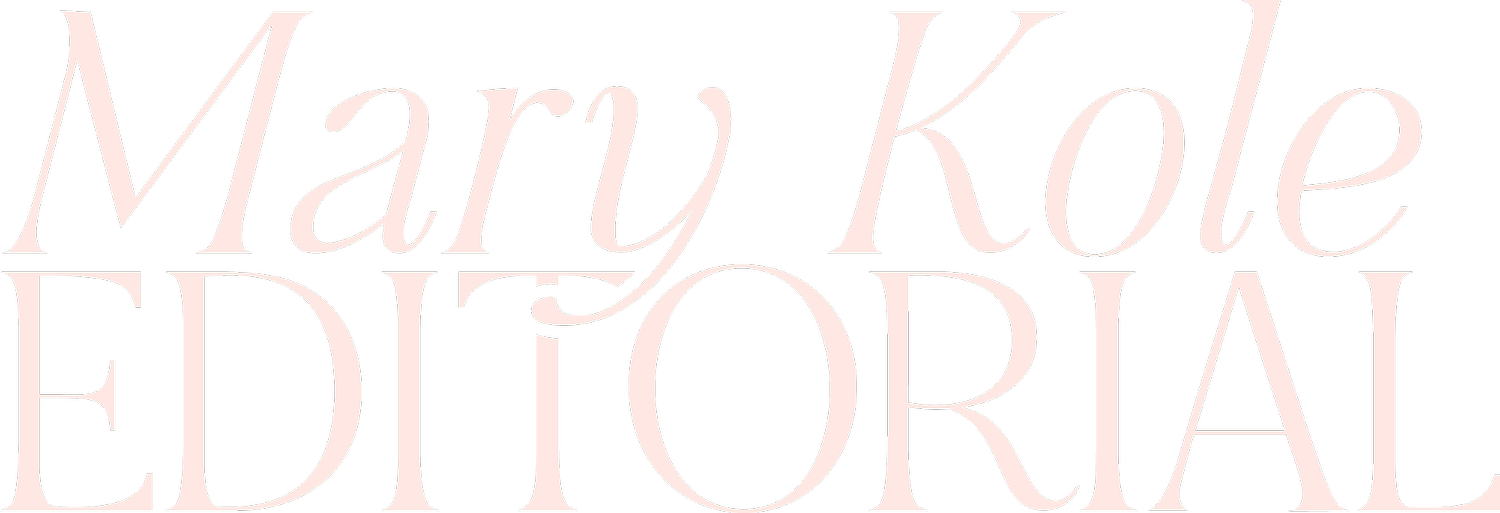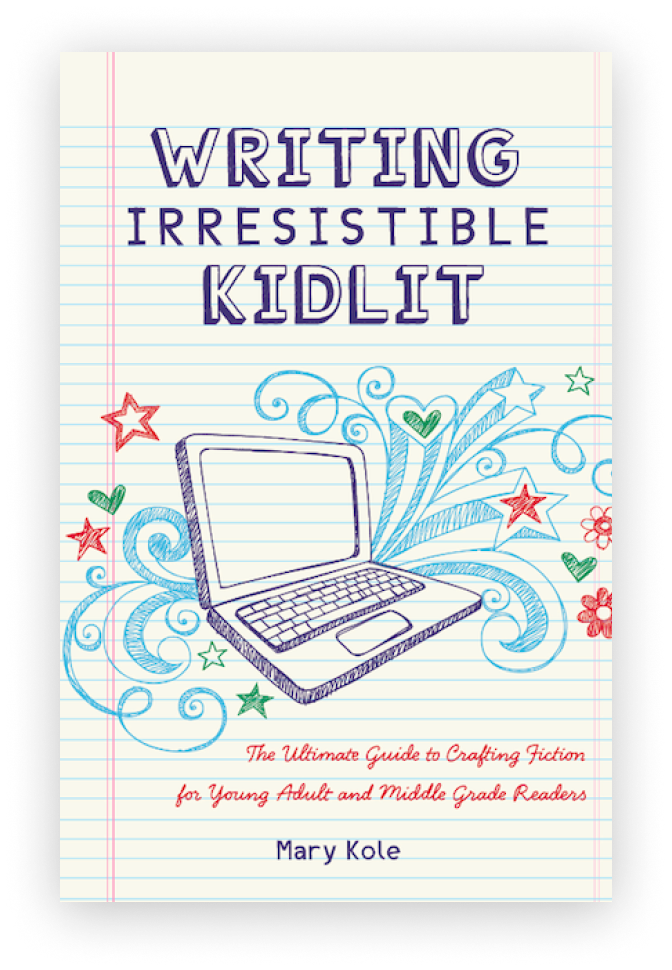Writing Compelling Child Characters for Contemporary Children’s Books
By Mary Kole
Mary Kole is a former literary agent, freelance editor, writing teacher, author of Writing Irresistible Kidlit, and IP developer for major publishers, with over a decade in the publishing industry.
Writing characters can be a challenge in any book, but writing believable child characters is an art form, especially if you want to participate in today’s very robust and competitive children’s book market. From knowing what child characters might care about to the types of plots that empower proactive protagonists in contemporary children’s books, I’ll discuss the process of creating a believable and relatable child POV. Let’s dig in!
Writing Child Characters With Dignity
It’s crucial for you to remember that children are often more self-aware than we give them credit for. They know when they aren’t being seen for who they truly are, or when they are being talked down to. When you write child characters, especially from their lived experience point of view, be sure to write them with respect and understanding. Showing that you understand your characters’ perspective and feelings (and therefore your readers’ perspective and feelings) helps create an authentic writing voice for the children’s book market. (Keep in mind that it is absolutely not your job to teach your kid readers anything, unless you are writing children’s nonfiction, of course. Don’t moralize in your fiction.)
Universal Children’s Book Themes
When it comes to universal themes that you want to explore, your approach will depend on the type of children’s book that you’re writing. There are actually six distinct age groups within the children’s publishing market, and each has a very clear target audience. Your themes will depend on the age of your character and reader, but in broad terms, they can include family relationships, personal growth, friendship, identity exploration, bravery/courage and other social emotional learning topics, and grappling with change. But remember that your child characters will be relaying the story through their voice and their point of view, so you cannot talk down to your audience or inject overt adult experience into the narrative. Your job is to explore the essence of childhood and child character emotions, and make your point without directly stating it. Being able to do this will elevate your children’s fiction to the next level.
Plotlines for Child Characters
Once you know what type of children’s book you want to write and which book idea you want to explore, you will need to create child characters that are ideal protagonists for the story you’re telling, and a compelling plot arc for them. Go back to the ideas above. Can you weave in family dynamics? Friendship? Adventure? Even if actual children are limited in how they’re able to move around in the world (staying outside after dark is, for example, not available to most younger kids), you will need your child characters to be proactive in their own stories. That means they will make decisions and take action and create forward momentum in your book.
Kids love to see young heroes who take initiative by solving problems or tackling difficult tasks, as these child characters help inspire kids to tackle the adversity in their own lives. You can absolutely include meaningful wiser/older adult characters, but the ideas and actions and decisions need to belong primarily to your child characters.
Writing believable child characters takes practice but, by understanding what children care about, exploring universal themes, and weaving proactive characters together with exciting, relevant plotlines, you will be far ahead of your competition in this exciting but crowded market.

Click here to purchase Writing Irresistible Kidlit, my book on fiction craft for MG and YA novels, out from Writer's Digest Books. This will show you my writing craft philosophy and give you lots of valuable advice, including tips for the novel revision process and self-editing. There are over 35 example novels cited and discussed throughout. It’s a valuable resource for any writer’s toolkit.



